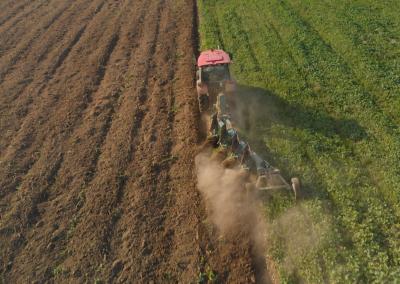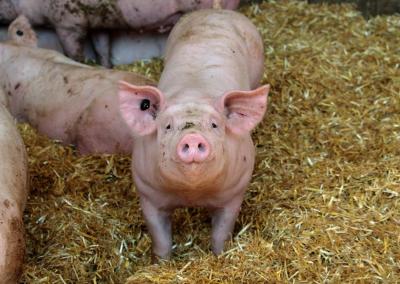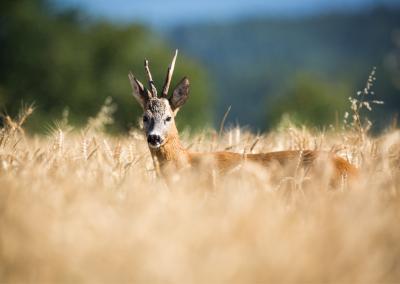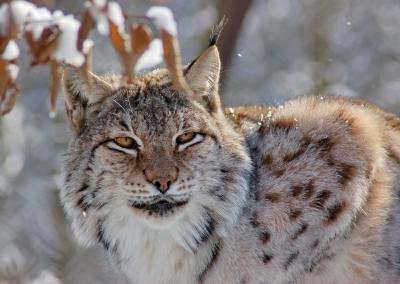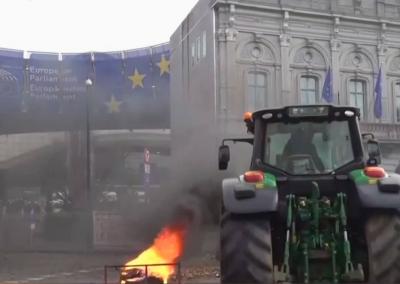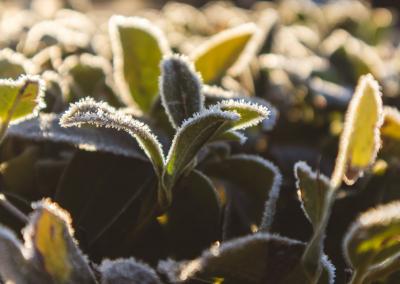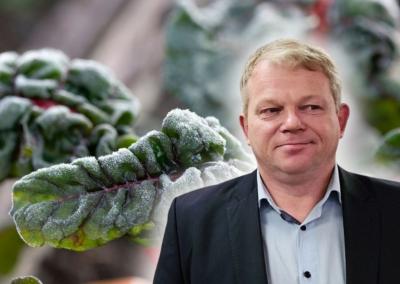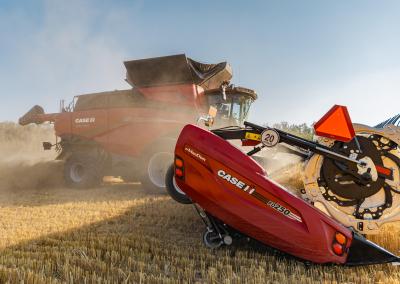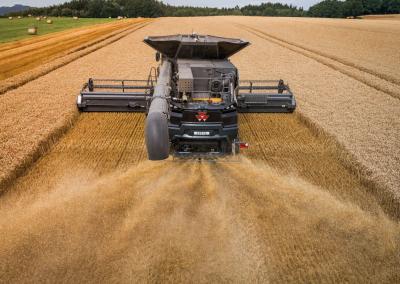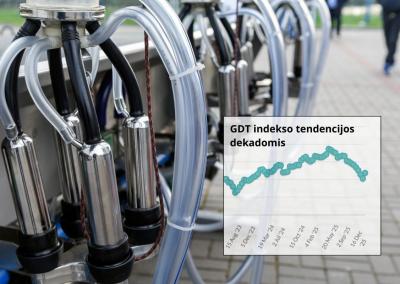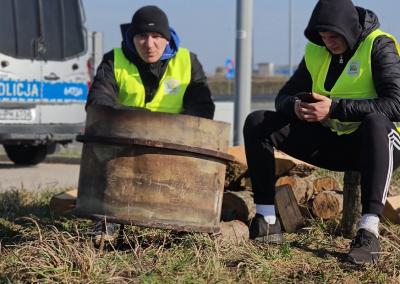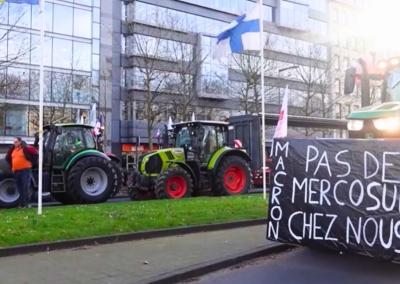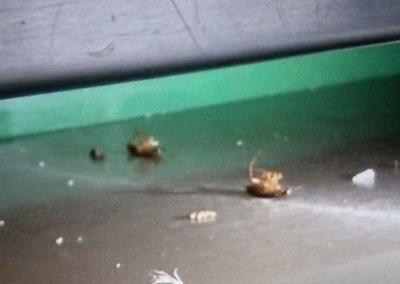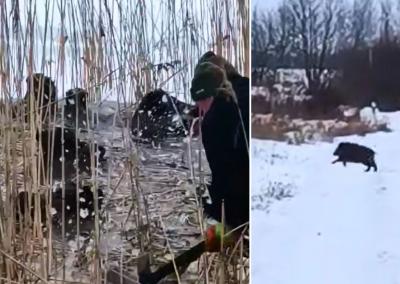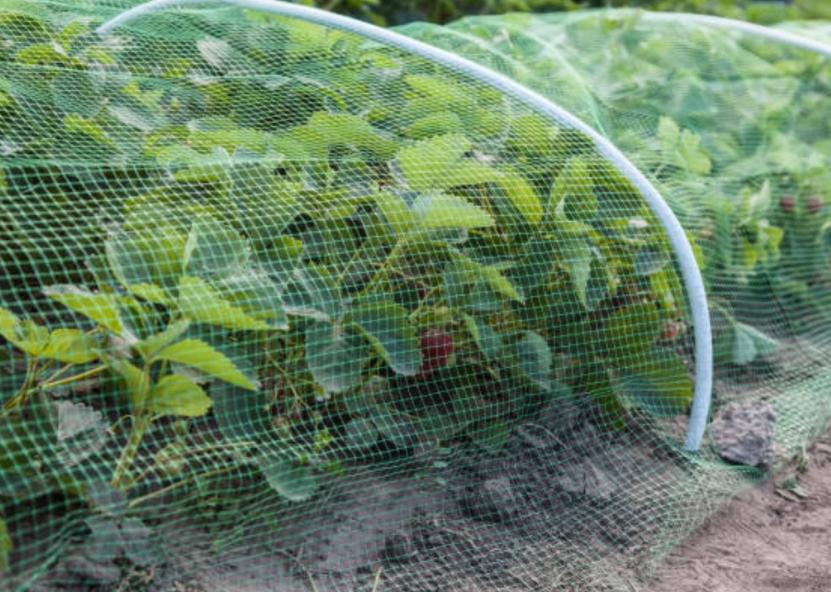Bird netting in the garden. How to choose the right net
In the old days, the question of how to protect crops from feathered guests was solved by building a scarecrow, but pigs aren't stupid enough to be afraid of such cheap tricks forever.
Noise devices also stop scaring birds over time, but nets to protect berries and fruit are not at all designed to deter – they simply restrict access to potential pests. Birds do not try to storm the plaster or get stuck in it, they just fly away to find another, more accessible place.
Overview of types of tools
The main classification of safety nets against stucks depends on the material they are made of. There are 4 main classes of such products, each of which differs not only in the raw materials used in their manufacture but also in some practical features. These differences are worth considering in more detail: they can play an important role in the process of further use.
Bird nets
This option is practical and popular because it has a very dense structure of small meshes. This type of net prevents even wasps attracted by the sweet fruit from getting near the crop. During the summer months, this protection is essential. Many old gardeners often use pieces of tulle curtains instead of netting, which have a similar porous structure.
However, the factory version of the netting is made of propylene, which is more resistant to wear and tear, so it is hardly worth saving money. Woven nets are particularly important in vineyards – instead of covering the whole vine, gardeners make separate porous bags for each ripening bunch.
Silk nets
These products are distinguished by their larger mesh size: the average diameter is large enough to fit an adult finger. The increased mesh size is not a disadvantage in this case, but only a plus, as it is designed to protect trees and large shrubs, and the high porosity of the material makes it easier and better to fold.
Silk netting does not protect the crop from insects, but let's not forget that many fruit plants need bees and other beneficial insect pollinators for pollination. Moreover, no net will protect against fungal spores, but fungicide spraying will be more effective through a net with large meshes. Polypropylene or nylon is used to make these nets.
Plastic bird nets
The materials described above are best suited for covering fruit trees and shrubs and plastic netting can also be used as a fencing option. Their mesh size is quite large, up to 2 x 2 cm, although this is still enough to keep out even a sparrow, as the mesh fibres are tough and difficult for a sparrow to break through.
The product is durable and long-lasting, does not require additional supports and remains lightweight. The installation of a net without supports offers another advantage: the fence can be easily dismantled and reassembled at a later date, so that the poultry exercise area can change according to the season. And the crops will remain protected.
If necessary, the gardener can also build a more complex net structure consisting of net walls with a net canopy on top. A tall structure will not stand without additional supports.
Galvanised netting
Galvanised mesh fencing is almost always installed vertically because of its durability and ability to withstand the attempted breakthrough of hens, ducks and geese.
Galvanised mesh can be used to build the main fence around the shed. The birds will then be virtually prevented from going outside their territory. If you allow poultry to roam all over the yard, but want to protect the vegetable and garden plants in the middle of the area from poultry, you can only fence them in.
At the same time, galvanised netting is light enough to be used to make complex, high-level structures with a net canopy to protect against overhead access.Which bird net to choose
Experienced gardeners advise choosing netting in bright and contrasting colours - orange, red or white. This way, the net will be visible to the birds from a long distance and they are not stupid enough to try to ram the net – it will be safer for them to fly to another location. A green net is usually chosen for purely decorative purposes as it is less conspicuous, but remember that a bird may not see it from a distance. Once it does, it will be too late – a bird that gets trapped and entangled may die and the net will be torn in places.
The nets also differ in the size of the meshes they contain. Experts advise choosing a fine mesh. This makes the net a very visible barrier to birds, and combining 2, 3 or even several adjacent meshes does not create a clear gap sufficient for a bird to get through. The fine porosity is sure to keep unwanted insects away from the fruit.
As far as rolls are concerned, the width of the netting material is usually 2 m, although there are exceptions. There is a wider choice of net lengths: 5, 10 and even 50 m. Optimally, the number of stitches should be kept to a minimum and the amount of cutting should be kept to a minimum.
Large rolls of netting are more practical for a large fruit tree or a long, straight bed, while a small length of netting will suffice for cherries.


